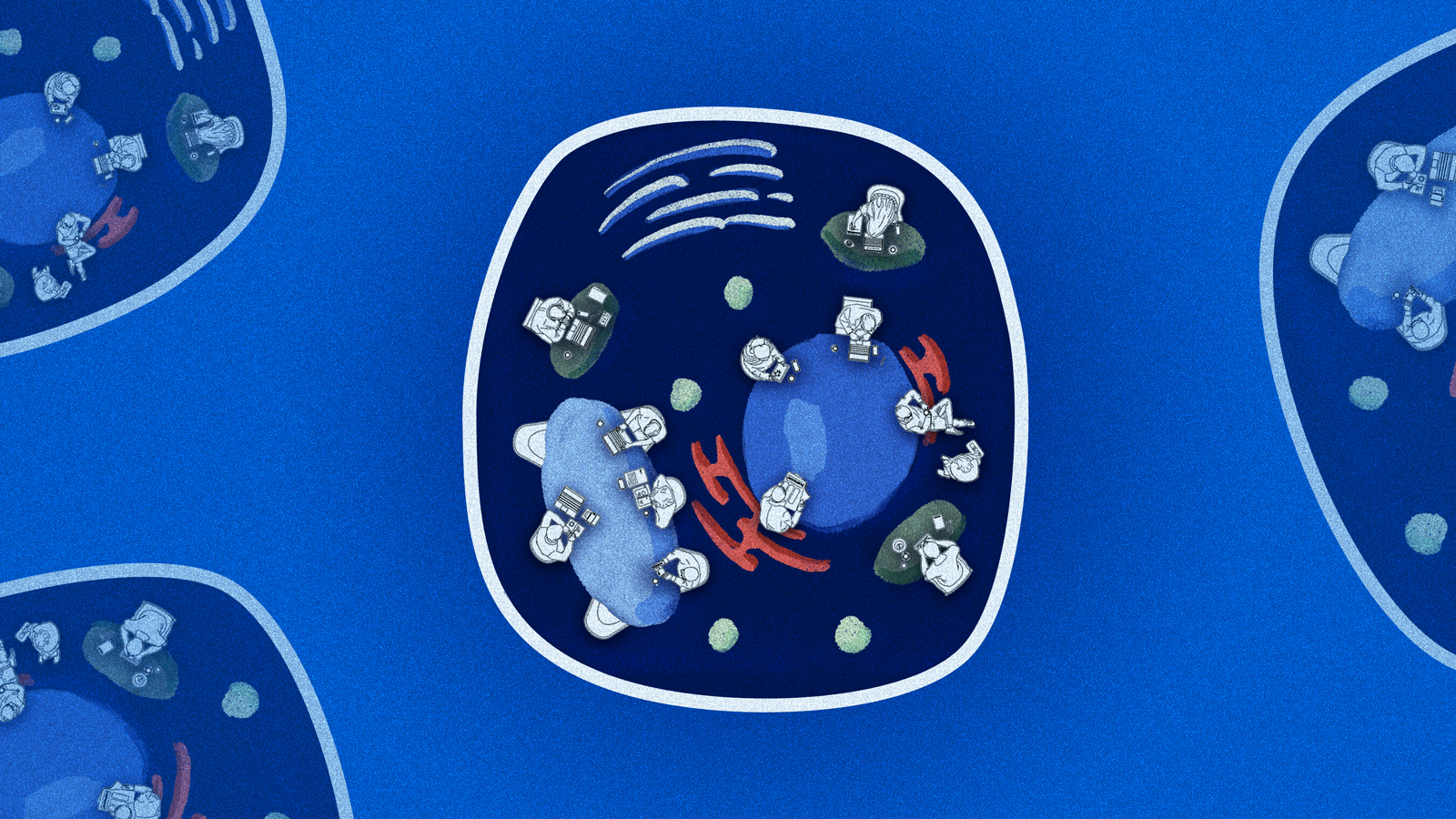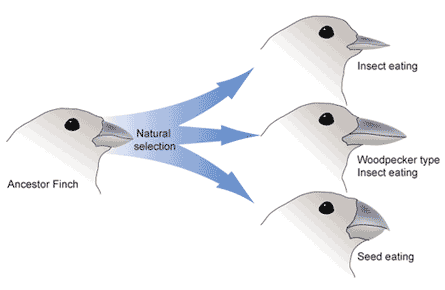
"Why did we need our own way of structuring our team?"
Since the day we established our team, as our number and diversity of responsibilities have increased, we have tried various processes to improve organizational efficiency. Although the area we can work on to make our capabilities and functions more efficient has grown as our team has expanded, there will always be room for improvement conceptually and structurally, regardless of the size of your team.
But until the next transformation, let's discuss our current structure and why we come up with it.
Mechanistic vs. Organic ?
Organizations typically adopt one of two approaches when structuring their operations: organic or mechanistic. Organic structures are characterized by flat hierarchies, decentralized decision-making, and a focus on flexibility and adaptability. On the other hand, mechanistic structures are highly hierarchical, with strict rules and procedures and centralized decision-making. While both approaches have their merits, there is a growing recognition that they need to be improved to meet the demands of today's complex and rapidly changing business environment.
One of the key limitations of both organic and mechanistic approaches is their tendency to create silos within an organization. In an organic structure, this can occur due to the lack of clear roles and responsibilities, while in a mechanistic structure, it can be the result of a highly centralized decision-making process. Silos can lead to communication breakdowns, duplication of effort, and missed opportunities for collaboration. To address this issue, organizations need to find ways to foster cross-functional collaboration and encourage information-sharing across different teams and departments.

Another challenge with organic and mechanistic approaches is their limited ability to adapt to change. In an organic structure, the emphasis on flexibility and adaptability can sometimes lead to a lack of consistency in decision-making and a lack of clarity around goals and objectives. In a mechanistic structure, the emphasis on rules and procedures can lead to a rigid and inflexible approach that is ill-suited to rapidly changing business environments. To improve their ability to adapt, organizations need to strike a balance between the need for structure and the need for flexibility and ensure that decision-making processes are transparent, consistent, and aligned with the organization's goals.
While organic and mechanistic approaches have their advantages, they need to be improved to meet the demands of today's business environment. This requires a focus on breaking down silos, fostering collaboration and information-sharing, and finding a balance between structure and flexibility. By doing so, organizations can become more agile, adaptable, and better equipped to navigate the challenges of an increasingly complex and dynamic business landscape.
So what is the way ?

Biomimicry, the practice of studying and emulating natural systems to solve human problems, has gained increasing attention in recent years. From architecture to technology, biomimicry has proven to be a valuable tool in designing innovative and sustainable solutions. However, the potential benefits of biomimicry go beyond just product design. By examining the structure and processes of biological organisms, we can learn valuable lessons that can be applied to human organizational structures.
One example of a biological system that can provide insights into organizational structure is the animal cell. The animal cell is a complex system made up of numerous organelles that work together to carry out various functions necessary for the cell's survival. Each organelle has a specific function and is connected to other organelles through a network of pathways and communication channels.

One key lesson that can be learned from the structure of an animal cell is the importance of interconnectivity. Just as organelles within a cell need to communicate and work together to maintain the cell's overall function, departments within an organization must also work together to achieve common goals. This means breaking down silos and promoting cross-functional collaboration, which can help prevent duplication of efforts and ensure that resources are used efficiently.
Another lesson from animal cell biology is the importance of redundancy. Within a cell, multiple organelles often perform similar functions to provide backup in case of failure. Similarly, in an organization, having redundancies in key roles and functions can help mitigate the impact of unexpected events such as a sudden departure of a key employee. By having multiple people with overlapping skills and responsibilities, an organization can maintain continuity and avoid disruptions to operations.
The animal cell also teaches us about the importance of specialization. Each organelle within a cell is specialized to perform a specific function, and this specialization allows for greater efficiency and effectiveness in carrying out those functions. Similarly, in an organization, having individuals with specialized skills and knowledge in specific areas can lead to better outcomes and higher productivity.

Finally, the adaptation. Cells must be able to adapt to changing environments to survive, and this requires a high degree of flexibility and agility. Similarly, organizations that can adapt to changing market conditions or customer needs are more likely to thrive in the long term. This means having a culture of continuous learning and improvement, and being willing to pivot when necessary.
In conclusion, the study of animal cell biology provides valuable insights into how organizations can improve their structure and processes.
By promoting interconnectivity, redundancy, specialization, and adaptation, organizations can become more efficient, effective, and resilient.
There is no absolute solution that can fit every organization when it comes to organizational configuration. However, I hope that sharing our own journey and perspective will inspire you to consider your own needs and work on finding the most appropriate structure/approach for your organization.
Stay Private.
Tuna
